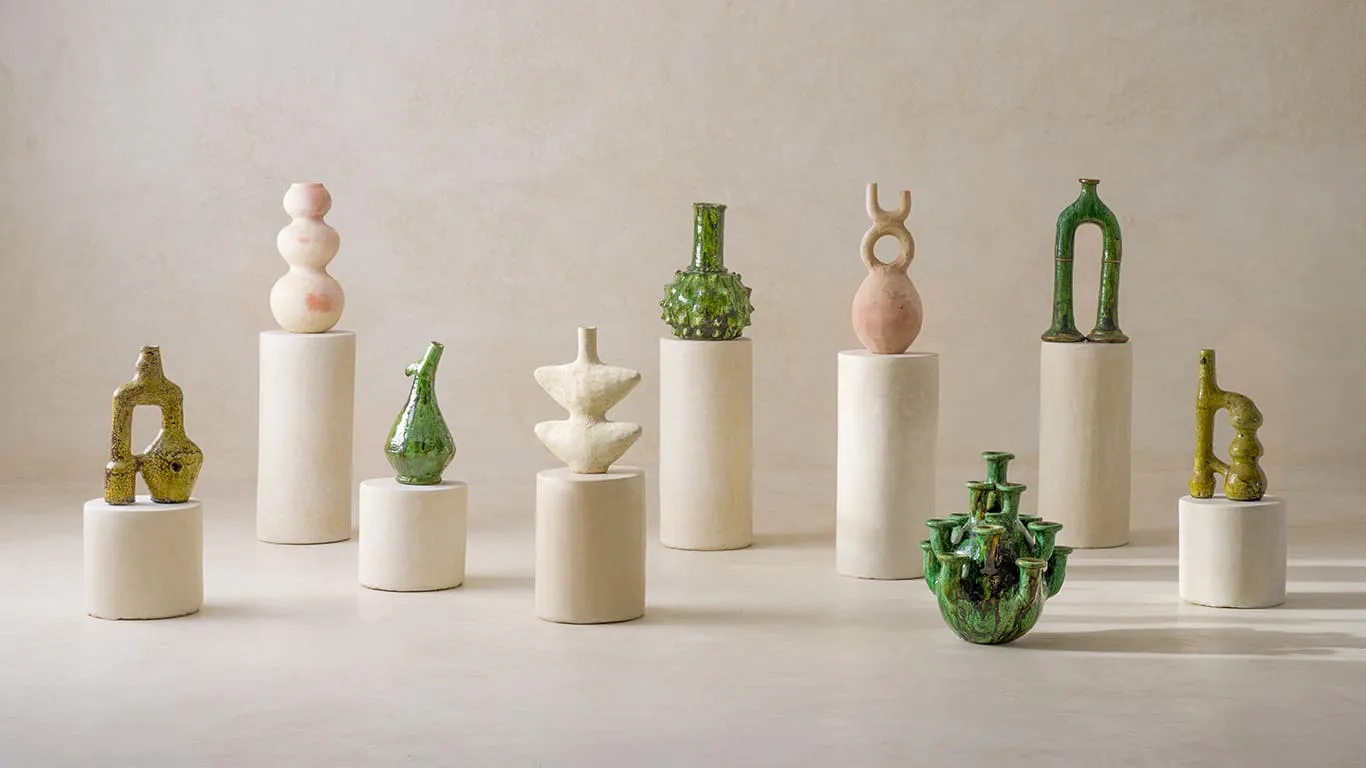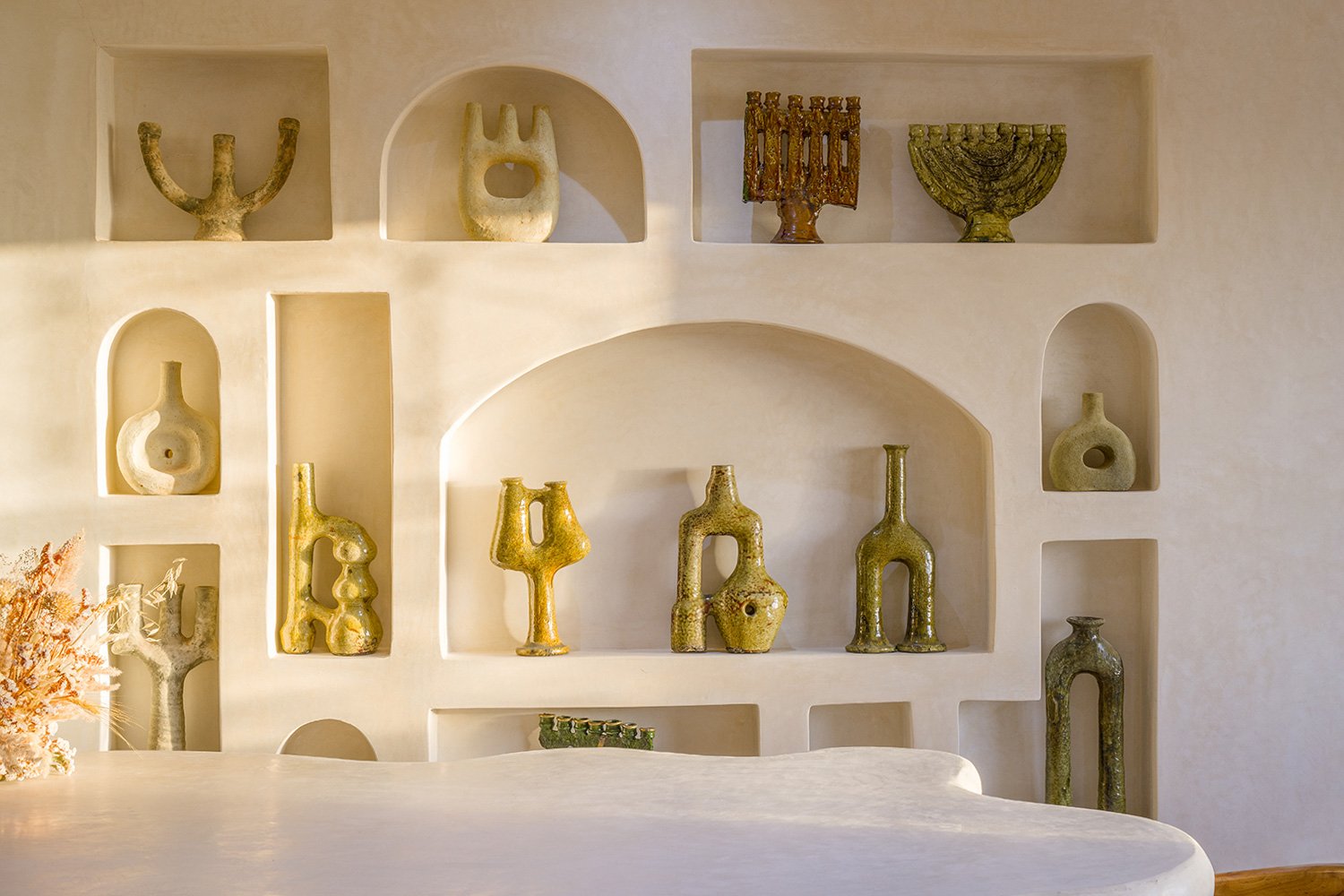Magazine

The Art of Handcrafted Rugs: A Look into the Timeless Craftsmanship
Last reviewed:
- March 24, 2025
SHARE:
Handcrafted rugs represent the epitome of artisanal skill, blending tradition, culture, and creativity in each meticulously woven piece. For centuries, rug-making has been a revered craft across various cultures, with artisans dedicating years to perfecting their skills. Whether it’s a Moroccan Berber rug or an intricate Persian masterpiece, handcrafted rugs are more than just floor coverings—they are timeless works of art that tell stories of their origin.
The Process of Handcrafting a Rug
Crafting a handmade rug is an incredibly detailed process that can take anywhere from several weeks to months or even years, depending on the size and complexity of the design. Artisans work with materials such as wool, cotton, or silk, and often use traditional tools and methods that have been passed down through generations.
- Sourcing the Materials: The first step in creating a handcrafted rug is selecting the materials. Wool is a popular choice for its durability and natural sheen, while silk adds an element of luxury. Artisans often source materials locally, ensuring the authenticity and sustainability of the rug.
- Weaving or Knotting: The primary technique used to create handcrafted rugs is either weaving or knotting. Weaving involves interlacing yarn to form a flat, patterned surface, while knotting is a more intricate process where individual threads are tied by hand to create a plush, textured pile. In both techniques, the artisan carefully follows a design that has often been planned in advance, creating intricate patterns and motifs.
Why Handcrafted Rugs Are Special

There’s something inherently special about owning a handcrafted rug. Each piece reflects the personality and skill of the artisan who made it, as well as the culture and tradition of the region it comes from. No two rugs are the same, making them truly unique additions to any home.
- Cultural Significance: Handcrafted rugs often feature motifs and patterns that hold deep cultural meaning. For example, Moroccan Berber rugs may include symbols representing fertility, protection, and nature, while Persian rugs often depict elements of paradise with floral and geometric designs.
- Attention to Detail: The time and effort invested in crafting a handmade rug result in a level of detail that is unmatched by machine-made alternatives. Artisans take pride in every knot or weave, ensuring that each section of the rug is flawless.
Global Traditions of Handcrafted Rug Making
Handcrafted rugs are created using different techniques and styles across the world, each influenced by the region’s history, climate, and culture. Here are a few key traditions:
- Moroccan Rugs: Moroccan Berber rugs are known for their thick pile and minimalist designs. They are typically made from wool and feature geometric patterns that reflect the rural lifestyle of the Berber people.
- Persian Rugs: Persian rugs are among the most famous and sought-after in the world. Known for their intricate floral and medallion patterns, these rugs are made using a knotting technique that can include millions of knots in a single rug, resulting in breathtaking detail.
- Turkish Kilims: Kilims are flat-woven rugs that come from regions like Turkey, Iran, and the Caucasus. Unlike pile rugs, kilims are woven without knots, creating a thinner and more lightweight product that is often used as wall hangings or floor coverings.
Why Handcrafted Rugs Are Timeless

The beauty of handcrafted rugs lies in their timeless appeal. Unlike mass-produced rugs that follow fleeting trends, handmade rugs are steeped in tradition, making them enduring pieces of decor. The quality of materials and craftsmanship means that these rugs can last for generations, often becoming family heirlooms.
- Longevity: Handcrafted rugs are made to last. With proper care, they can maintain their beauty and structure for decades, making them a valuable investment.
- Cultural Heritage: Owning a handcrafted rug is like owning a piece of history. The techniques used to create these rugs have been passed down through generations, connecting you to a rich cultural heritage.












